Mara Elephant Project’s intelligence unit had a very productive June with the arrest of three suspects by Kenya Wildlife Service (KWS) and Tanzania National Parks Authority (TANAPA) and the seizure of 56.60 kg of ivory in Migori County. This along with another arrest of one suspect and seizure of 3 kg of ivory was all due to the MEP intelligence unit. Though MEP’s anti-poaching focus is to stop poaching before it happens, successfully arresting suspects and seizing ivory is key to increasing the opportunity cost for poachers and keeping elephants in the ecosystem safe.
MEP Monthly Report June 2019
The Sheldrick Wildlife Trust Mau De-Snaring Unit continues to increase the protection of the Mau Forest with their seizures in June. They destroyed more than five illegal wood posts, uncovered and destroyed three poacher’s camps, three kilns and eight sacks of charcoal. They also removed ten snares.
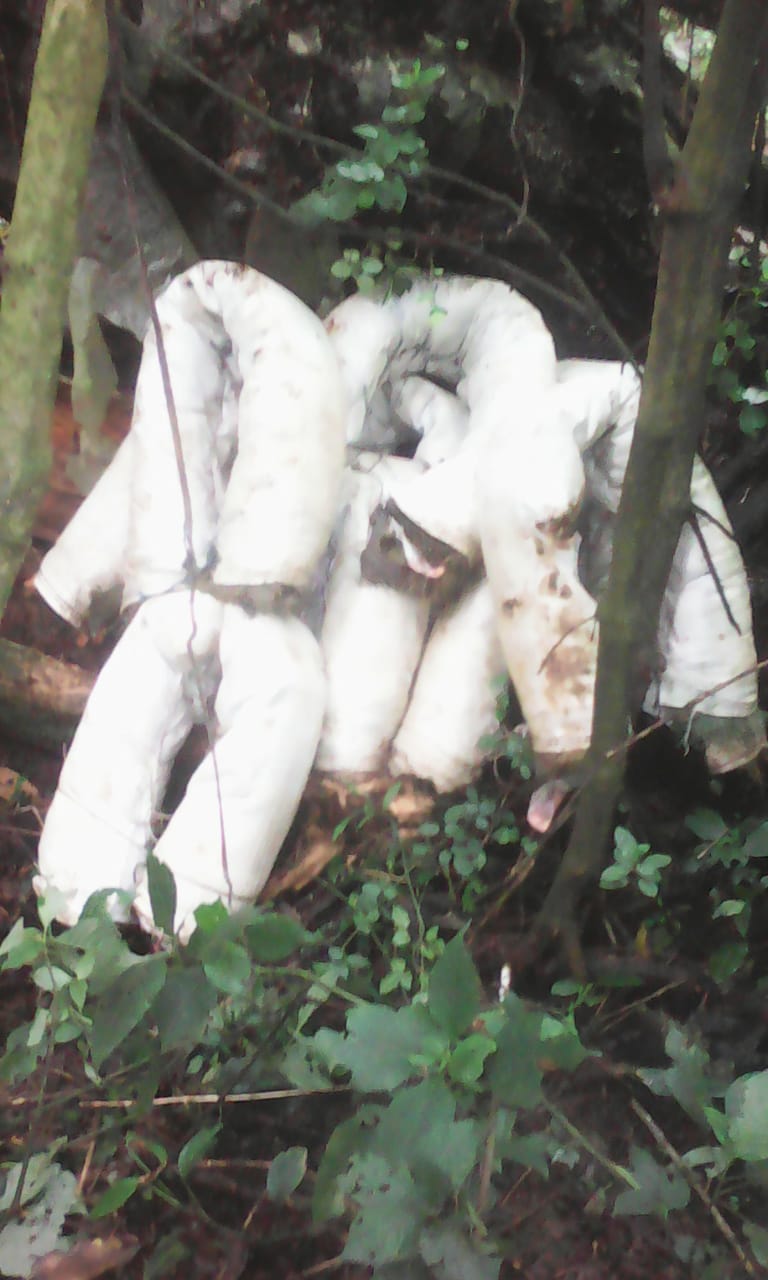
The eight sacks of charcoal destroyed by the Mau team on June 12.
Crop raiding has been in full swing this month and we’re using our EarthRanger database to collect valuable information on the type and extent of human-wildlife conflict (HWC) incidents. We hope the data being collected and analyzed will help us refine our tool kit of how to help prevent elephants from crop raiding. The interface between humans and wildlife is only going to grow as populations expand and we need better ways of handling and preventing HWC. There were 14 human-elephant conflict incidents in the month of June most concentrated in Munyas where the crops were ripening. MEP rangers were responding day and night with bright lights, vehicles, fire crackers and loud drums to move elephants out of farms and into safety.
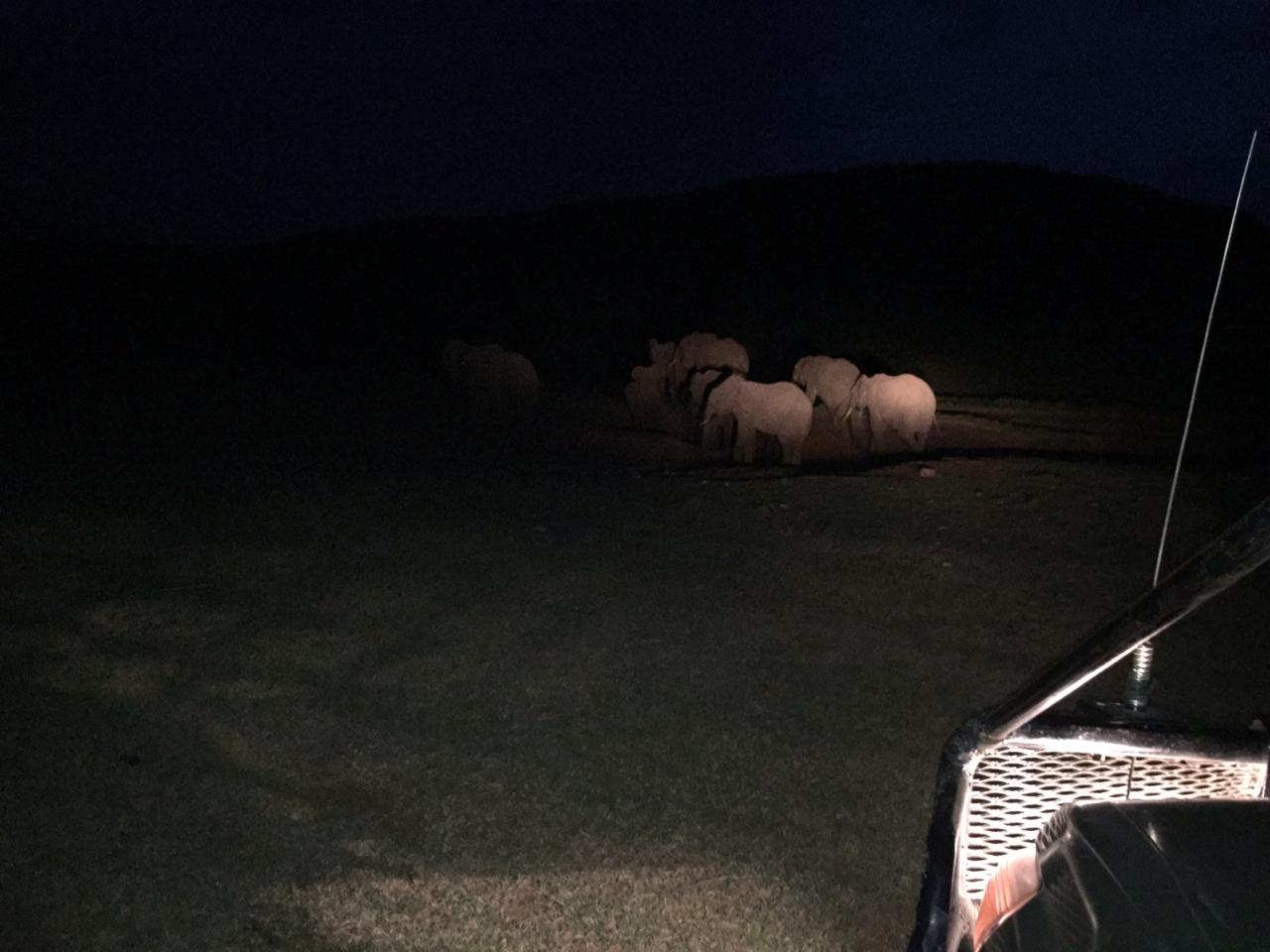
MEP rangers responding at night to crop raiding elephants using their vehicle and bright lights.
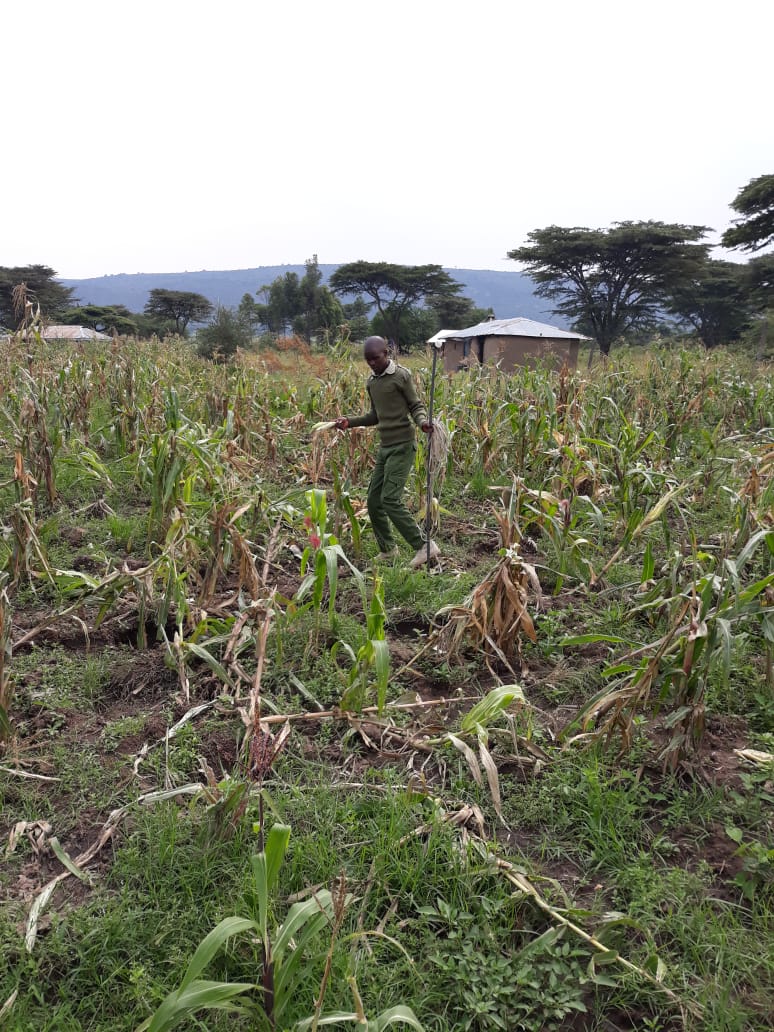
A MEP ranger recording crop damage done by elephants in June.
Another big announcement in June is that we took delivery of the Karen Blixen Camp Trust (KBCT) helicopter. The machine arrived on the 27thof May and was quickly assembled by the Kenya Wildlife Service (KWS) Airwing but then took a while to be cleared for flight. We finally got all of the paperwork completed on the 25thof June. Since then we have used it to locate an injured elephant in the Mosiro area, complete patrol monitoring of MEP collared elephants, and visit our ranger team in Loita. The re-deployment of the KBCT helicopter is an asset that keeps on giving and we will now be able get back on track with a number of our more logistically challenging missions like collaring in the forests. The registration of the new helicopter is 5Y-MEP. It was also a pleasure to present the helicopter to the patron of KBCT Mr. Karsten Ree when he visited with his family this month.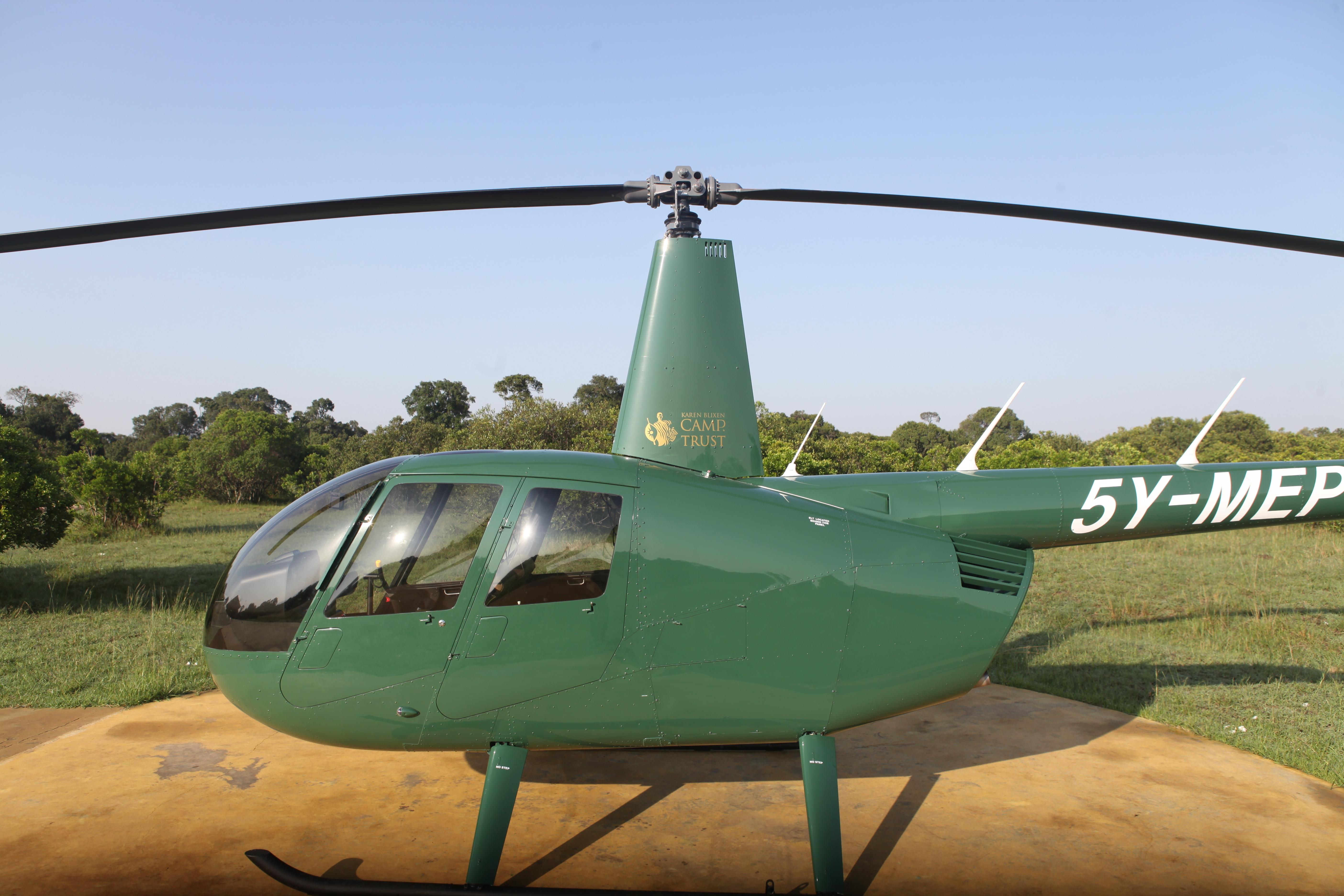
The new 5Y-MEP KBCT helicopter at MEP HQ.
MEP also took delivery on the new Elephant Crisis Fund (ECF) vehicle. ECF is an initiative launched by Save the Elephants and the Wildlife Conservation Network, in partnership with the Leonardo DiCaprio Foundation and supported MEP with a new dedicated vehicle for the Loita Hills. The vehicle should be in the Mara by the middle of July. Earlier this year Lori Price made a significant donation to MEP and we were able to deploy one of our mobile teams to concentrate patrols in the Loita area. Lori’s support coupled with the Landcruiser supported by ECF means that we will be able to have a permanent presence in the Loita and Mosiro areas.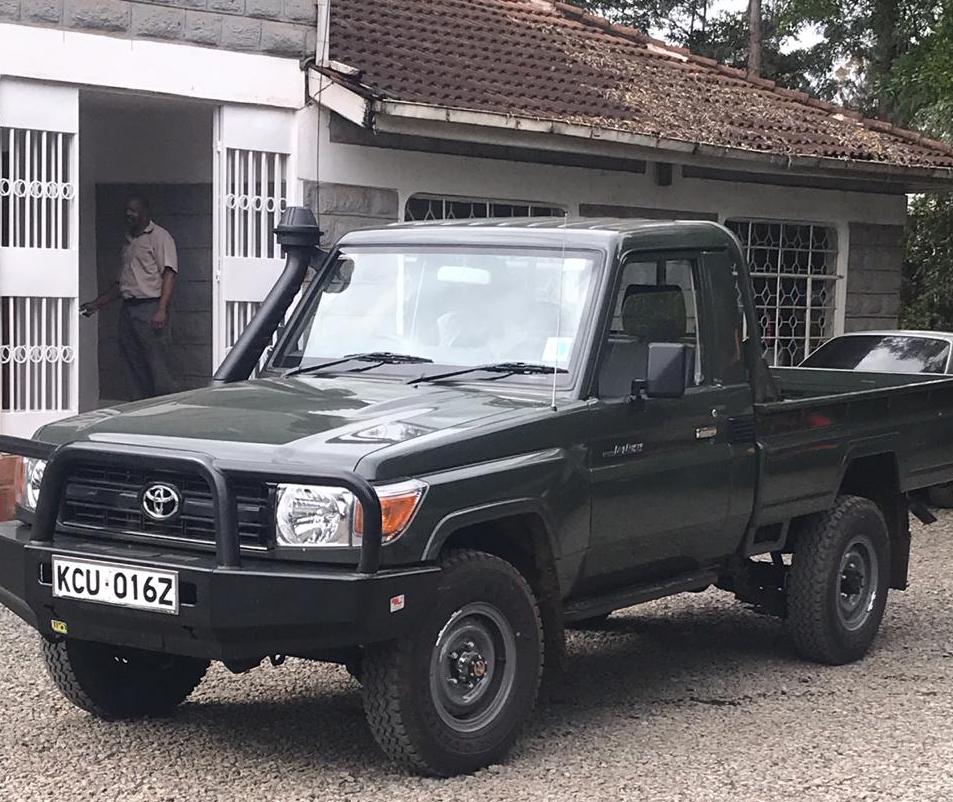
The ECF vehicle before retrofitting should be operational by the middle of July.
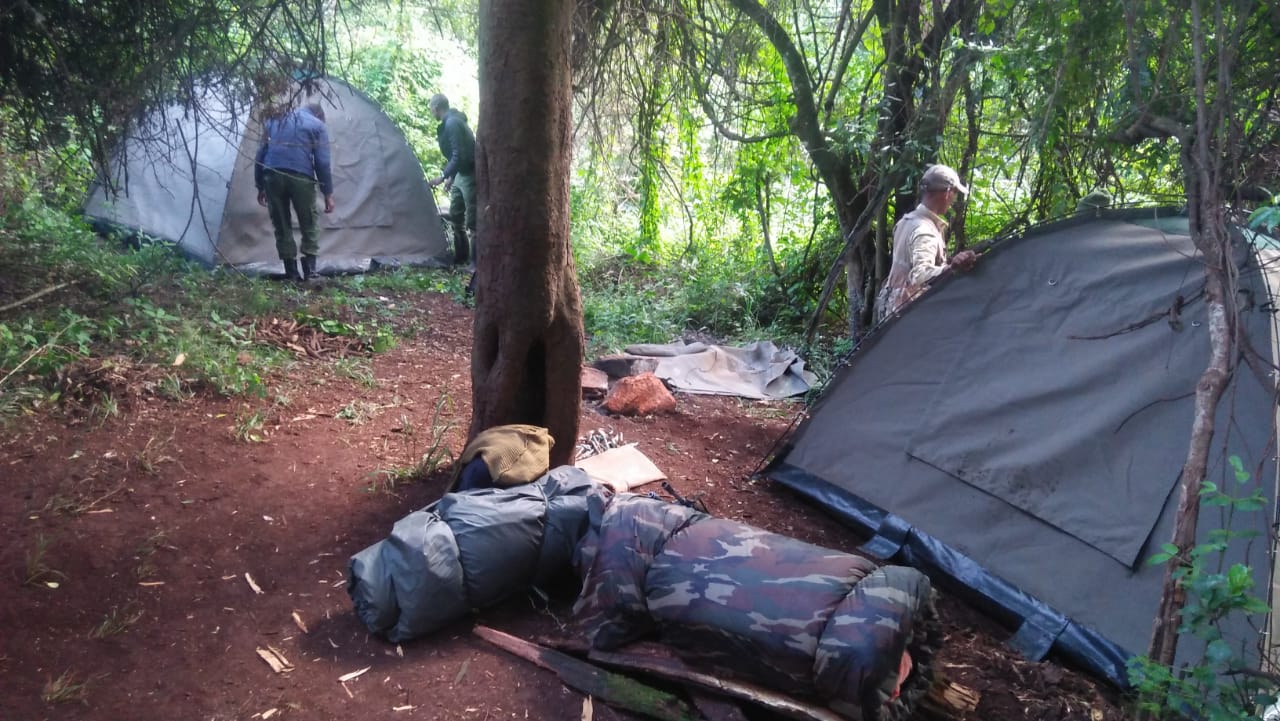 The Loita MEP ranger unit supported by Lori Price.
The Loita MEP ranger unit supported by Lori Price.

On June 13, MEP and KWS, with KWS approval, successfully replaced Fred’s collar whose battery was due to expire (pictured left). Fred is a large bull elephant that was originally collared in February 2013 and re-collared in November 2015. Fred is often found with other bull elephants Kegol and Hugo and has been known to crop raid from farms. The area of the ecosystem where he resides is changing fast and collaring Fred to ensure continuous data collection will be key for MEP’s operations and advocacy. Anotherexciting development for MEP collared elephants in June was that we have a new baby! Namunyak now has a one-month old calf that was spotted with her in June and Hangzhou’s nine-month-old calf was also photographed and doing well.
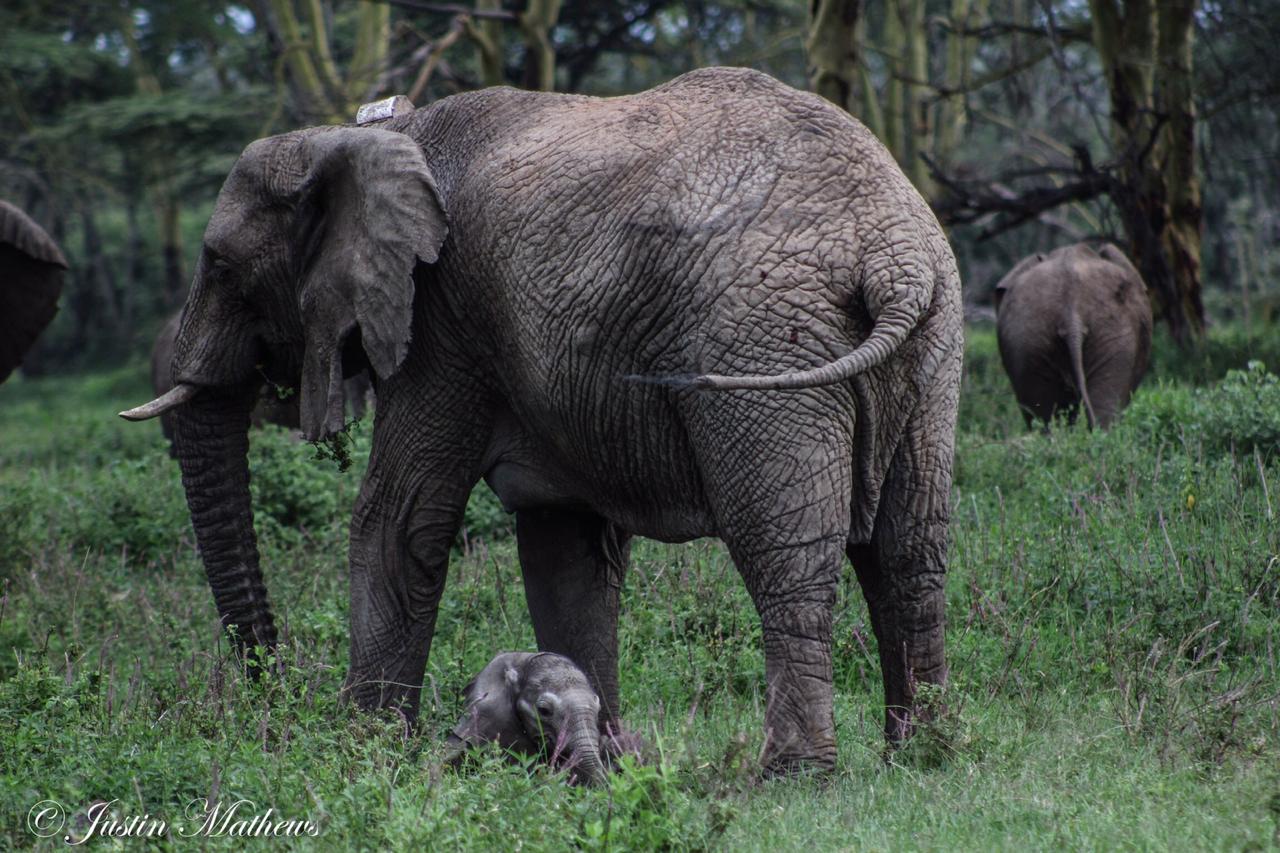
Namunyak with her new addition photographed by Justin Matthews in June.
On June 8, MEP CEO Marc Goss meet a group of wildlife photographers that were in town for a Wild Escapes photo competition that benefitted MEP. We were excited to collect a check for $4,000 to support MEP’s core operations. We appreciate the support from Wild Escapes and all of the photographers that participated. In June, we officially announced support from Paradise International Foundation for the long-term monitoring of two elephants for three years and the running costs of an anti-poaching vehicle for one year.
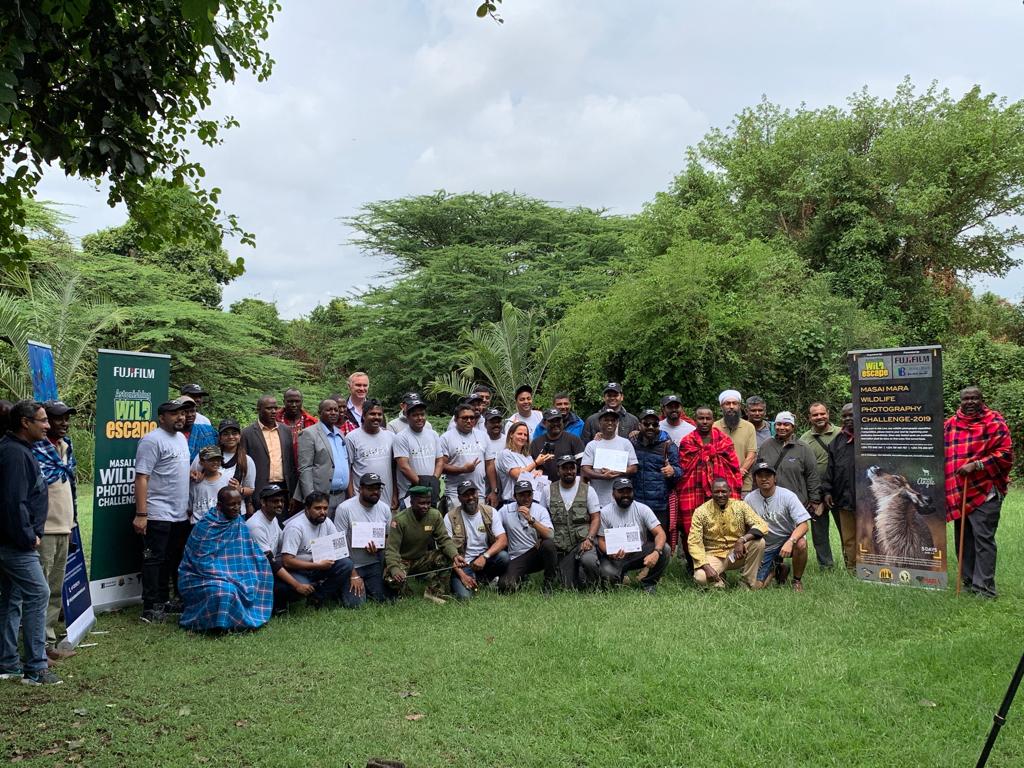 MEP CEO Marc Goss with the wildlife photographers from Wild Escapes.
MEP CEO Marc Goss with the wildlife photographers from Wild Escapes.


